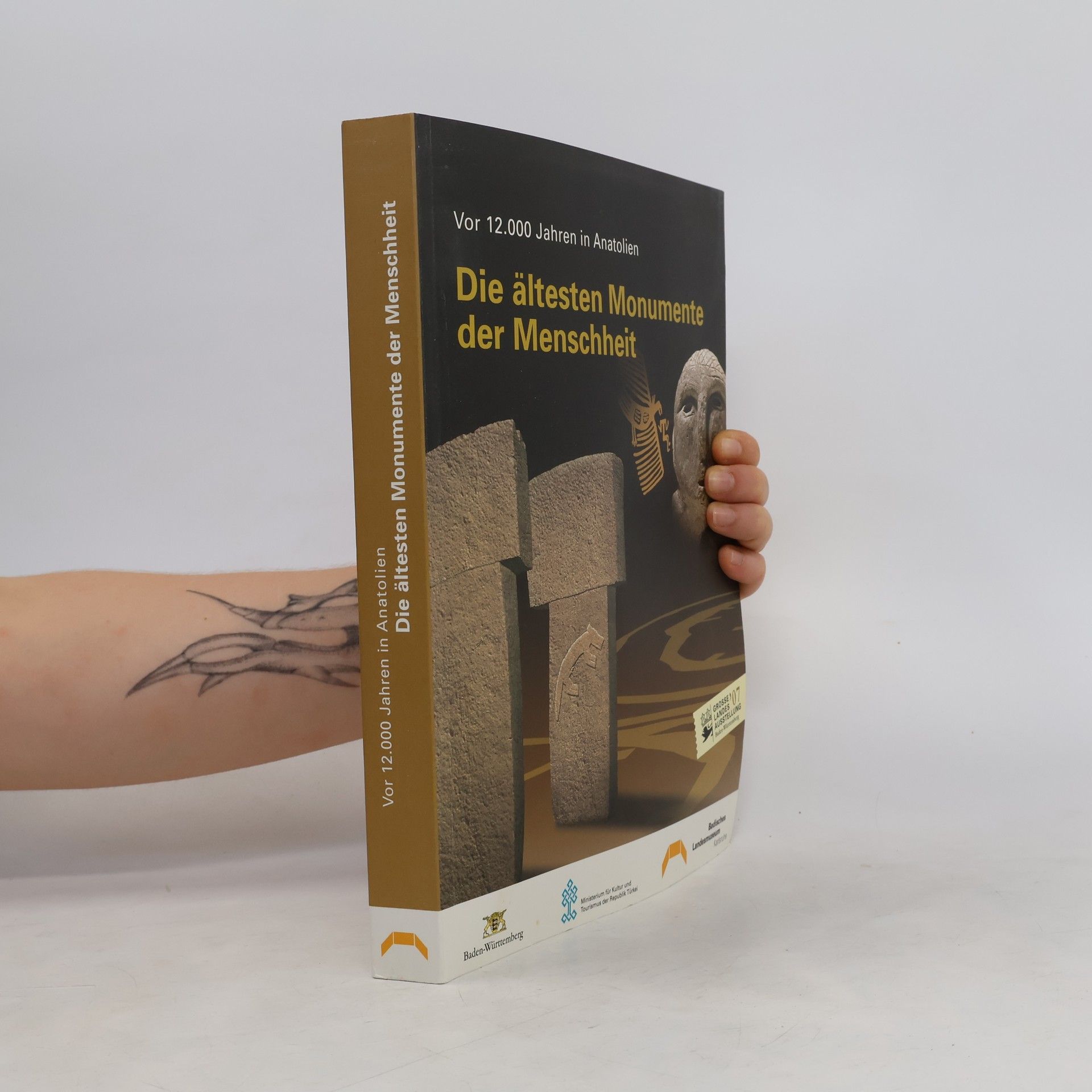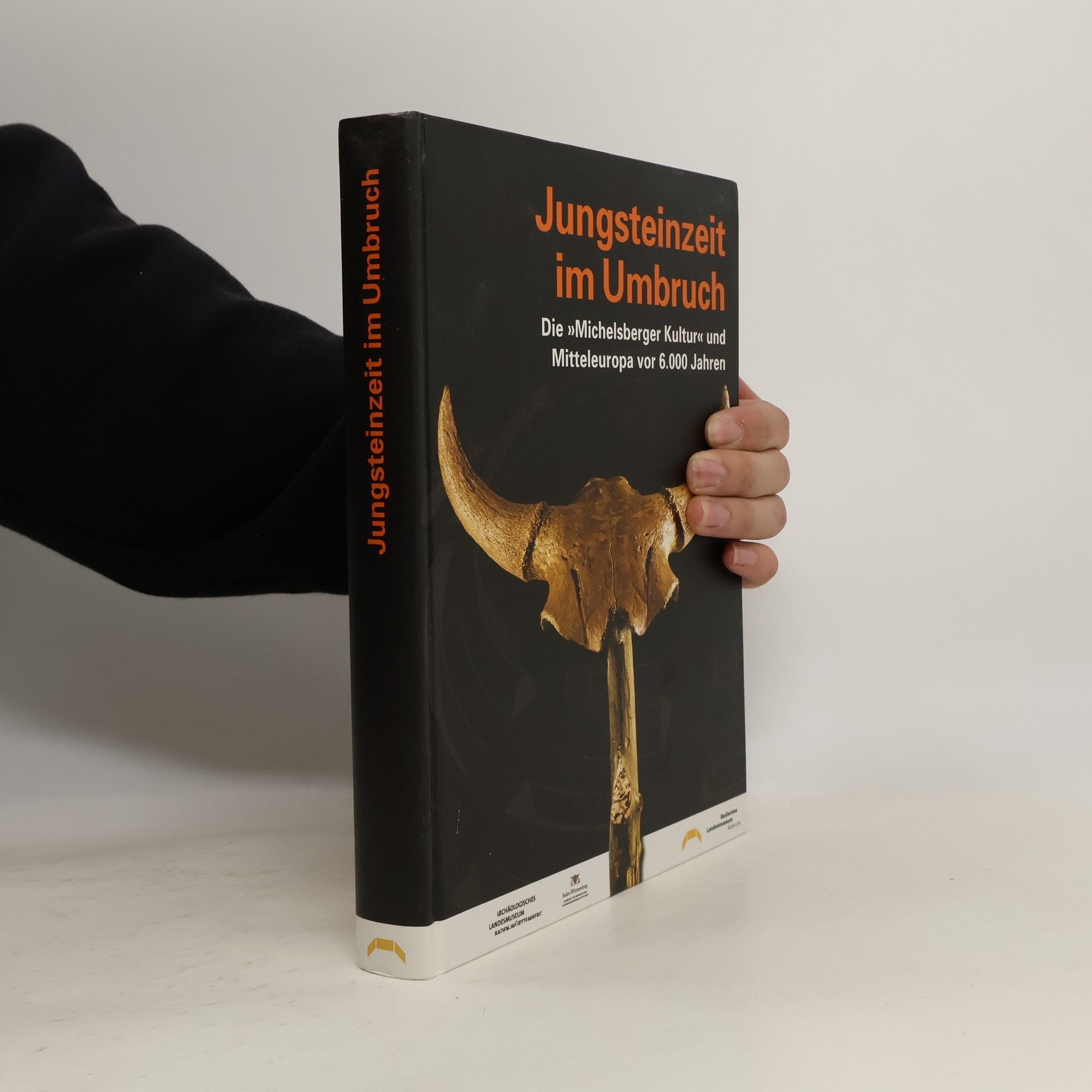Clemens Lichter Livres


Vor 12000 Jahren in Anatolien - die ältesten Monumente der Menschheit
- 392pages
- 14 heures de lecture
Vor rund 12 000 Jahren machte der Mensch den bedeutendsten Schritt in der Geschichte: Er wurde sesshaft. Die ältesten monumentalen Kultstätten und ersten menschlichen Siedlungen veranschaulichen in der spektakulären Ausstellung und im eindrucksvollen Begleitbuch die Ursprünge unserer Zivilisation.